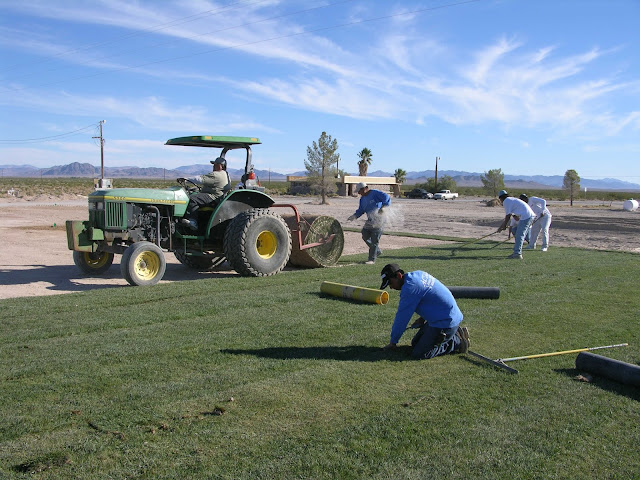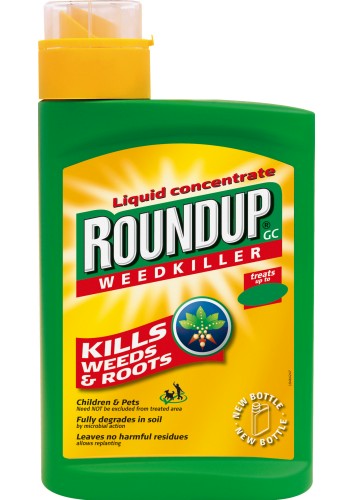Q. Could you provide me
with a copy of the mulch trial you conducted on fruit trees several years ago?
You randomly applied mulch to different fruit trees and grew some without mulch.
I lost this information.
A. I conducted this mulch
trial in 2009 – 2011 with the First Choice Tree Service on bare root fruit
trees planted in our desert soils according to my specifications using 50%
compost mixed with raw desert soil in a volume to volume ratio.
Mulch is a layer or blanket applied to the surface of
soil. Mulch can be made from wood, bark, rock, newspaper, cardboard or even
plastic. But if this is applied to the surface of the soil and left
undisturbed, it is considered mulch.
 |
| This is Redwood decorative bark mulch. Bark mulches do not provide the same nutrients as woodchip mulch which is much better. Would chip mulch is made from the entire tree, not just from the bark. |
A 50% mixture in a volume to volume ratio, means, for
instance, a 5 gallon of compost mixed with a 5 gallon bucket of raw desert
soil. In a few months of watering this results in a raw desert soil with less
than 1% organic matter increasing to between five and 10%, not 50%. If you want
to know why, attend some of my classes.
Peaches, plums, pluots were planted in holes about 3 feet
wide and deep enough to accommodate their roots and no deeper. The holes were
not deeper than this because water added to planting holes drained water in
less than six hours.
Fruit trees were planted using a 50% (volume/volume) mixture
of compost and raw desert soil. All fruit trees were staked the first growing
season and pruned in the same fashion after planting. No fertilizer was applied
except for phosphorus to the bottom of the planting hole at the time of
planting.
All fruit trees were watered the same using a 3 foot wide
basin, 4 inches deep, filled with water. All trees were staked and surrounded
by chicken wire to prevent rabbit damage.
Half of the fruit trees were randomly mulched with a 4 to
6 inch layer of wood chips made from local trees removed from home landscapes
locally by First Choice Tree Service. The other half of the fruit trees were
surrounded by bare soil.
Mulch was kept away from the tree trunks a distance of 12
inches. The mulch was made from a variety of local trees not including palm and
mesquite.
 |
| Mulch like this with a variety of different types of wood, not 100% bark, makes a great addition to the surface of desert soils. Don't let this valuable commodity go to waste in our landfills. |
At the end of the first growing season, fruit trees
surrounded by surface mulch were more than twice the size than those without
surface mulch.
This mulch is available
for free on a serve your own basis from the University Orchard in North Las Vegas
and made available to the Orchard by First Choice Tree Service. If you want a
large volume delivered, contact First Choice Tree Service.
































